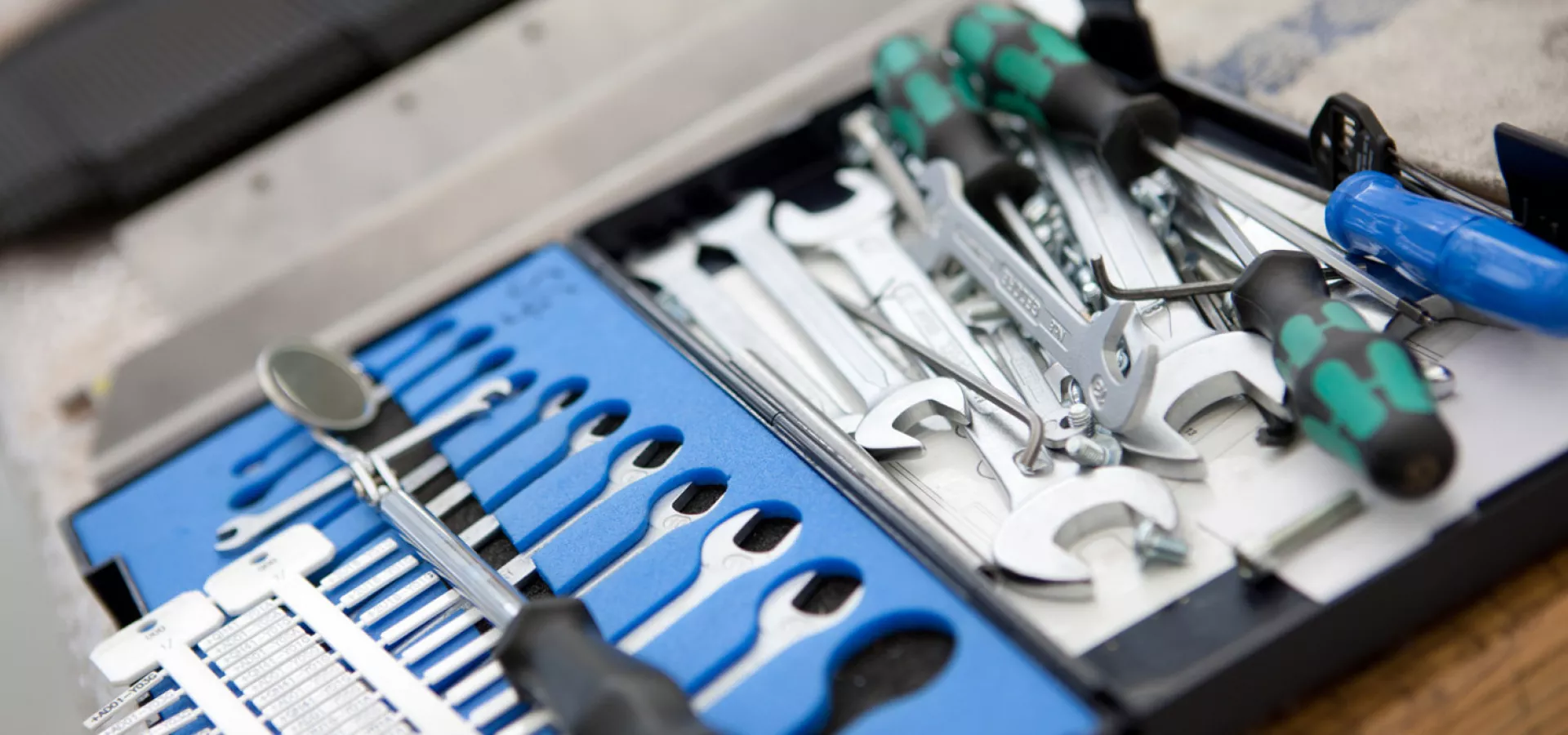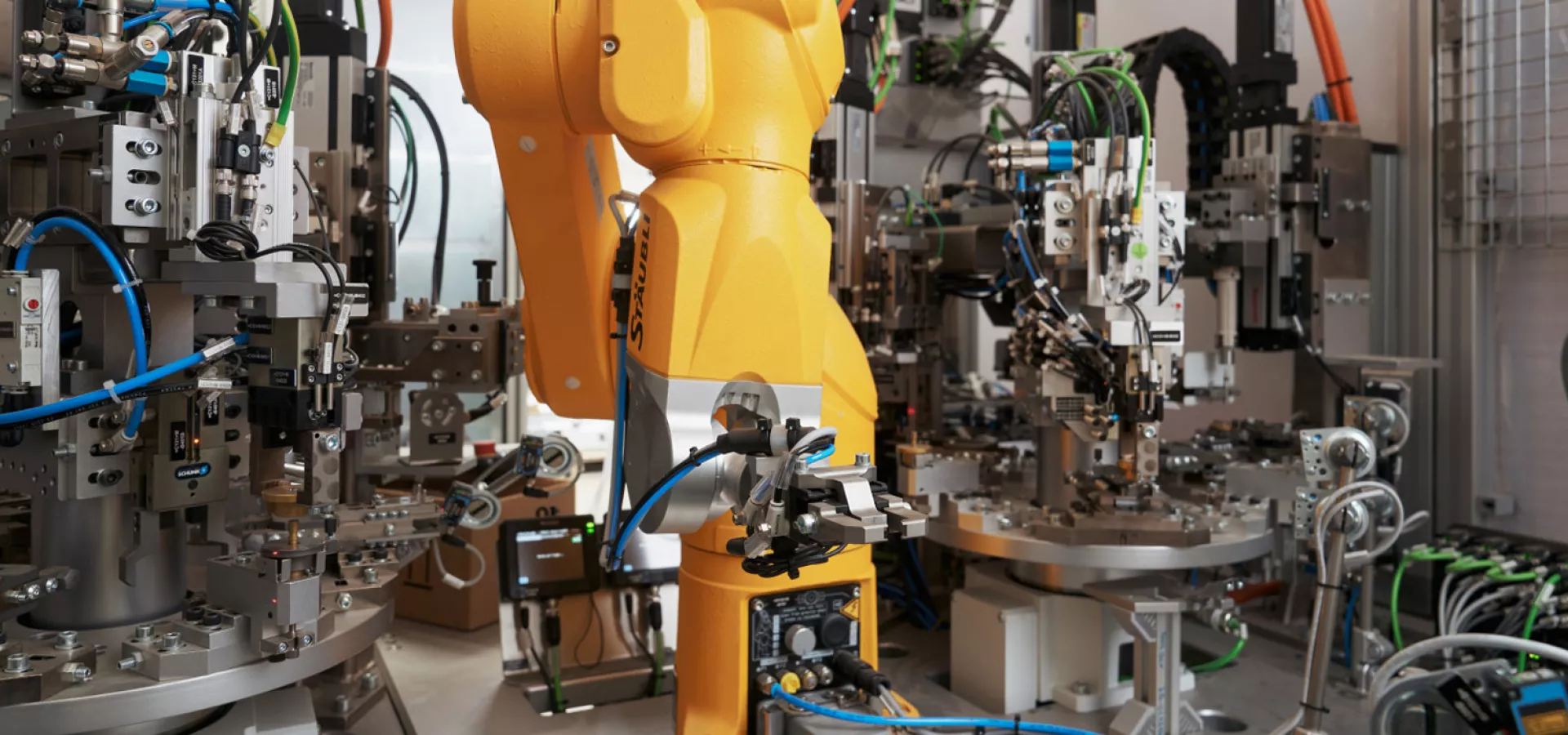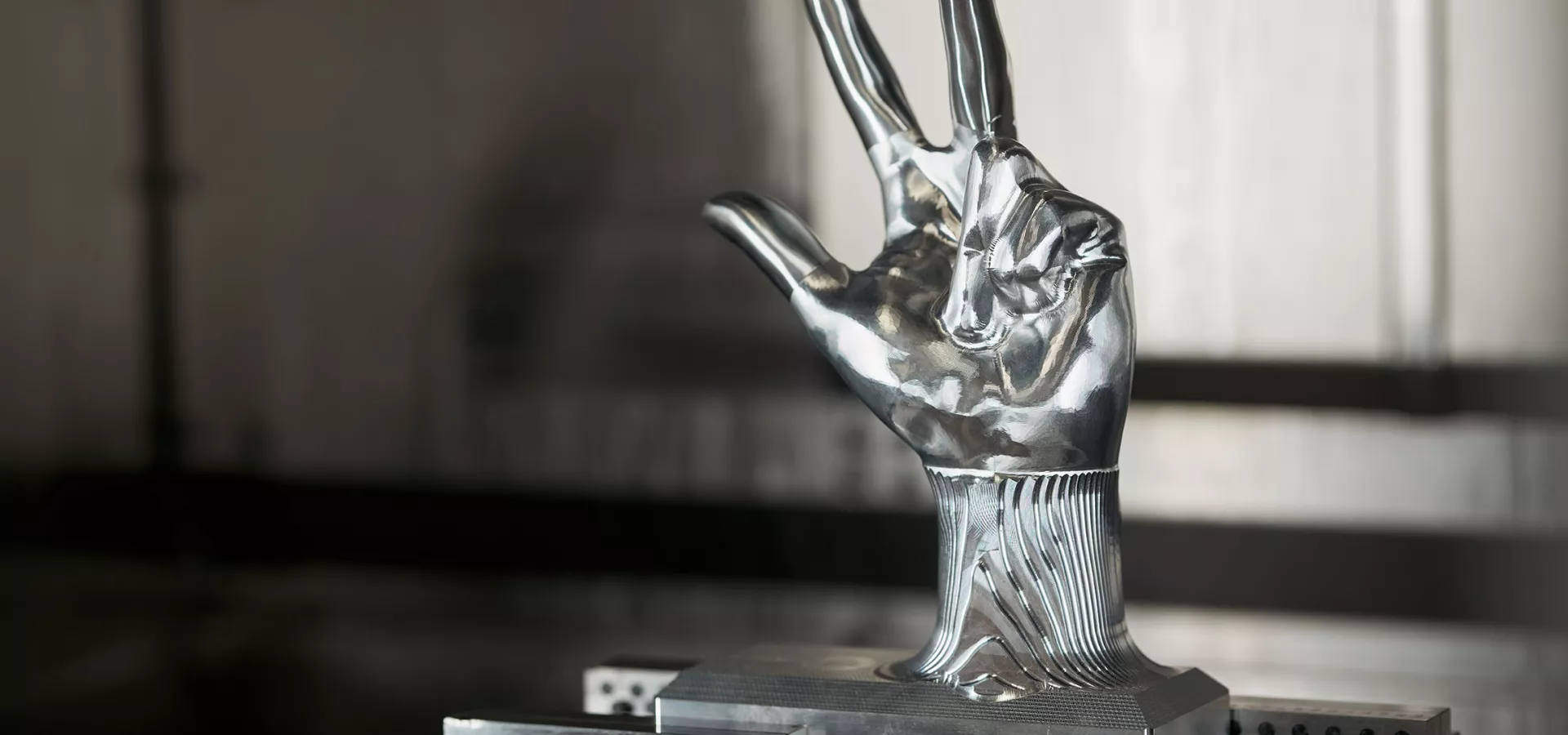
Crimping
Crimping is a joining process and is often used as an alternative to soldering or welding. Crimping is preferably used when it comes to making electrical connections. An example of this is the attachment of a plug to a cable, including the correct connection between the wires of the cable and the plug contacts. The main advantage over soldering and welding methods is speed and precision. Because of this, crimping has now become widely accepted in large-scale serial production.
How does crimping work?
The functional principle of crimping is relatively simple: With the help of pressure on two components, a plastic deformation is created between them, which connects the two components with each other. Special tools, such as crimping pliers, are used for this purpose and the two components are virtually pressed into each other. The connection created during crimping is stable and durable. In industrial production, crimping is usually performed using crimping presses or automatic cable assembly machines. So-called crimping dies are crucial for precise work. These are matched to the components to be connected and have a decisive influence on the type of deformation or crimp connection. If the crimping die does not fit accurately, a permanently stable connection between the two components cannot be guaranteed.

Where is crimping used?
Crimping is not only used in the production of electrical connections, but is also known from more everyday situations. For example, pasta specialties such as ravioli or Maultaschen are crimped. This joining process is also sometimes used in everyday office work, for example when the sealing seal on a document is applied by means of a crimping process. In the industrial sector, it is increasingly the HF electronics and telecommunications industries that prefer to use crimp connections. The main advantage of crimping here is that it allows ready-made cables to be laid without a connector. With the help of crimping, the connector is only attached after the cable has been laid.
What is important when crimping?
In order for crimping to really produce a permanently stable connection between two components, it is important that crimping is carried out with sufficiently high force. Otherwise, the plastic deformation may only occur incompletely, resulting in weak points in the connection. If, on the other hand, too much force is used, the components may be damaged. A defective or inappropriate crimping tool can also be a possible source of error: If the crimping die is not correctly seated on the components to be connected, this can cause faulty or insufficient crimping.
What are the advantages of crimping?
Crimping enables a fast, precise and stable connection between two components. This can be classified as homogeneous, gas-tight as well as electrically and mechanically safe - provided that crimping is carried out correctly.


